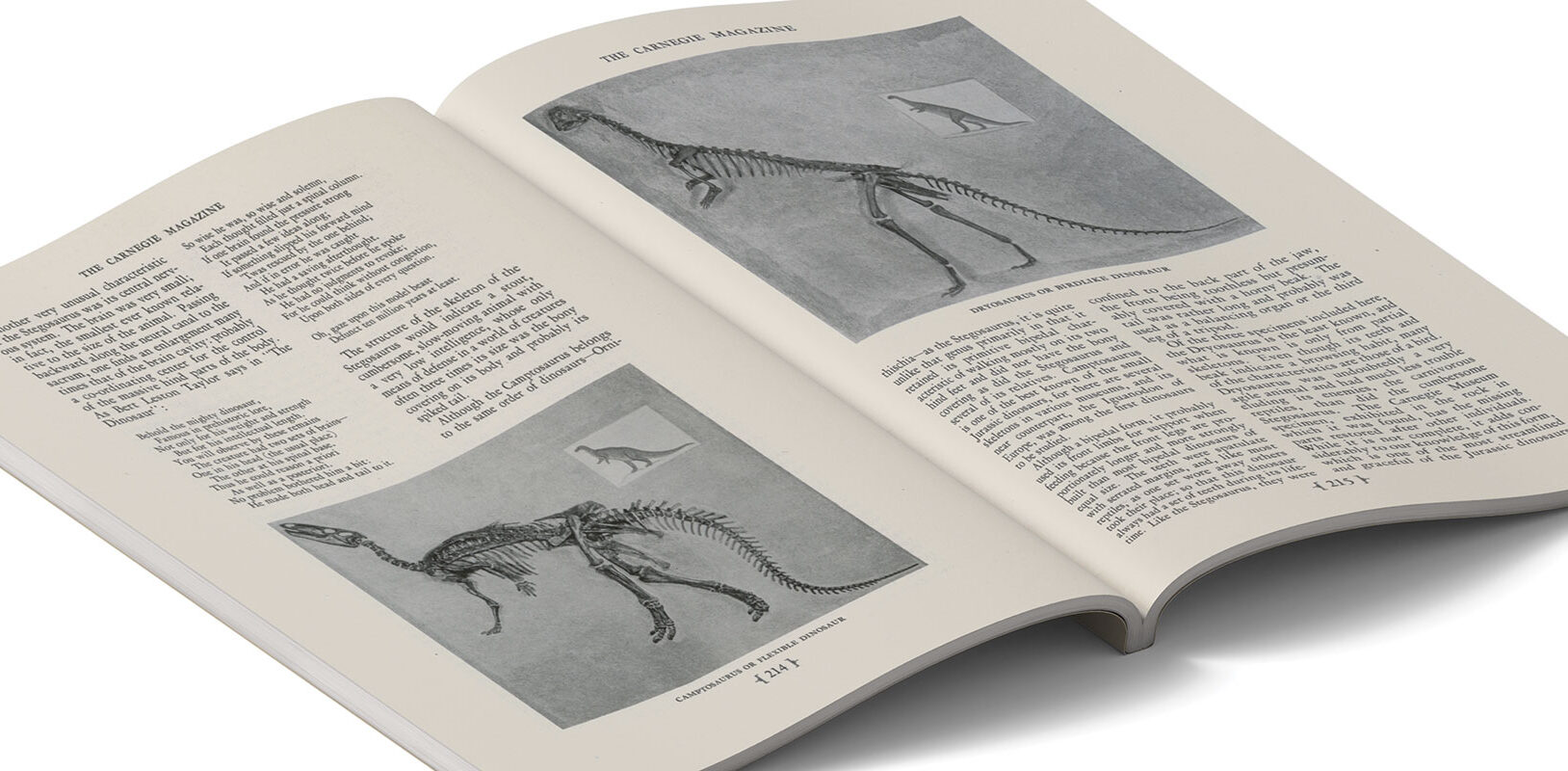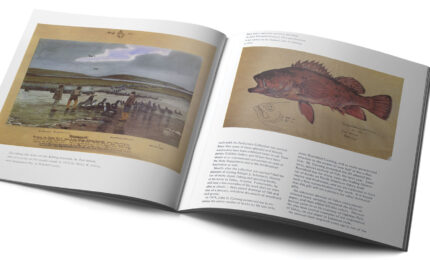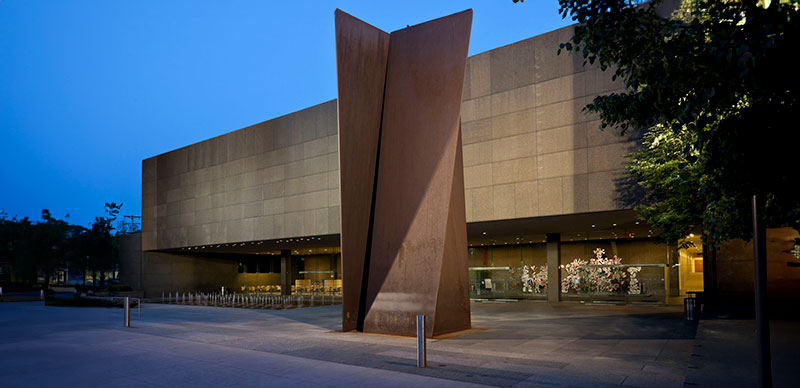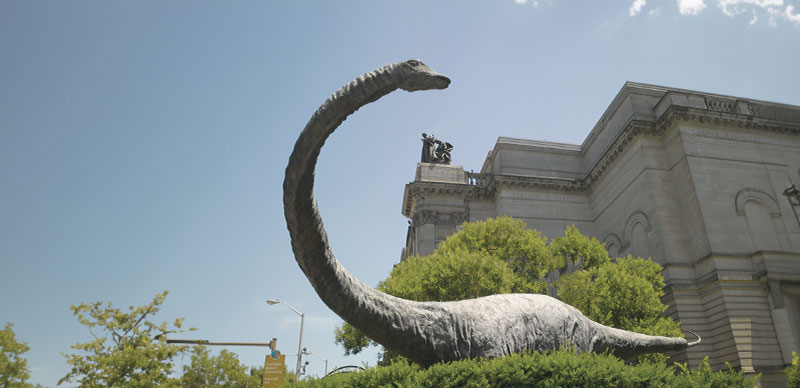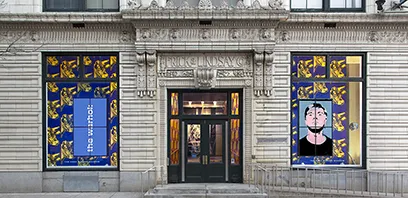Editor’s note: This is an excerpt from an article that appeared in the December 1940 issue of Carnegie magazine about three dinosaurs—Stegosaurus, Camptosaurus, and Dryosaurus—that had been recently put on display. All three were discovered during a museum field expedition to Dinosaur National Monument in northeastern Utah and can still be seen in the museum’s Dinosaurs in Their Time exhibition.
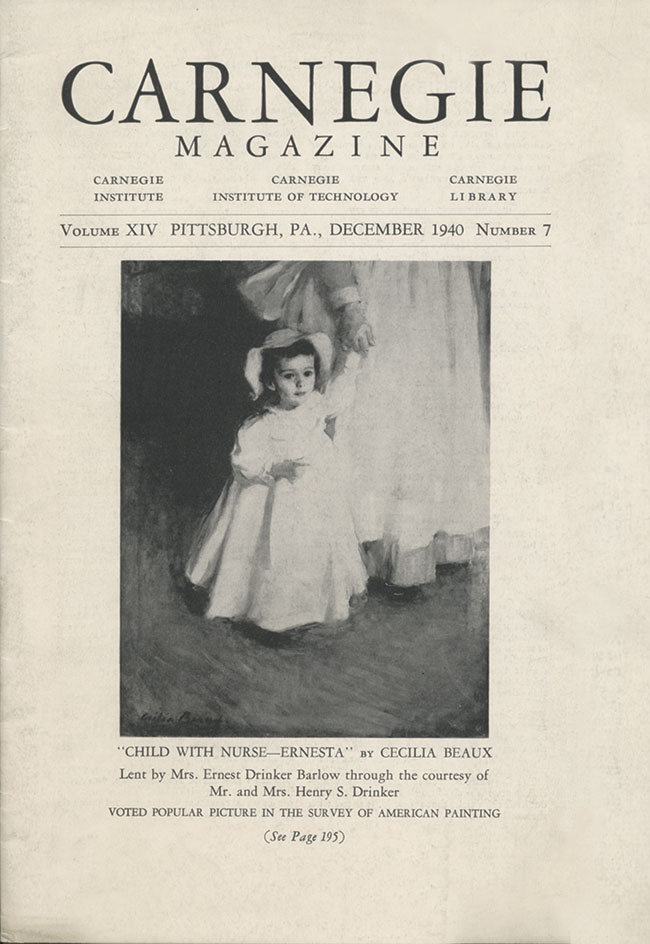
Of the many kinds of dinosaurs found, the oddest of the lot is the Stegosaurus, or armored dinosaur, which is twenty-one feet long, stands nine and one-half feet at its highest point, and must have had at least the robust weight of the largest of living elephants. Unlike the Camptosaurus and Dryosaurus, it was a quadruped; and although the massive front limbs were short, it walked on all four feet. The hind limbs were long, giving the vertebrae of the back a steep slope toward the front. This characteristic, with the backward sloping tail, gave the animal its sharply arched vertebral column. The front parts of the jaws of the Stegosaurus were toothless, and what small teeth it did have in the back of its mouth could not be seen from the outside at all.
The most conspicuous peculiarity of this bizarre and fantastic animal, however, is the structure of large bony plates rising massively along the spinal column and terminating in large bristling spines or spikes more than two feet long near the end of the tail. This dermal armor is arranged in two alternating rows projecting upward and slightly outward. On the sides of the plates are well-developed blood-vessel impressions indicating that they were covered with closely fitting skin. In the region of the throat, at least, there were closely packed, small, rounded ossicles protecting that part of the body.
Another very unusual characteristic of the Stegosaurus was its central nervous system. The brain was very small; in fact, the smallest ever known relative to the size of the animal. Passing backward along the neural canal to the sacrum, one finds an enlargement many times that of the brain cavity: probably a coordinating center for the control of the massive hind parts of the body. As Bert Leston Taylor says in The Dinosaur:
Behold the mighty dinosaur,
Famous in prehistoric lore,
Not only for his weight and strength
But for his intellectual length.
You will observe by these remains
The creature had two sets of brains
One in his head (the usual place)
The other at his spinal base.
Thus he could reason a priori
As well as a posteriori.
No problem bothered him a bit.
He made both head and tail to it.
So wise he was, so wise and solemn,
Each thought filled just a spinal column,
If one brain found the pressure strong
It passed a few ideas along;
If something slipped his forward mind
‘Twas rescued by the one behind;
And if in error he was caught
He had a saving afterthought.
As he thought twice before he spoke
He had no judgments to revoke;
For he could think without congestion,
Upon both sides of every question
Oh, gaze upon this model beast
Defunct ten million years at least.
